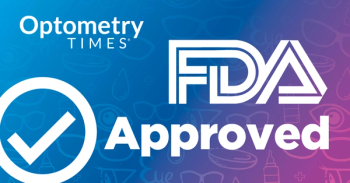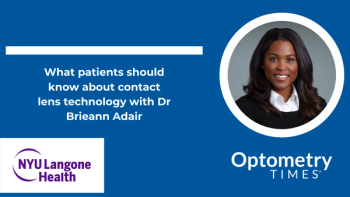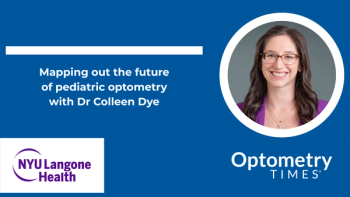
AAOpt 2025: The use of multimodal imaging for retinal disease
Julie Rodman, OD, MS, FAAO, highlighted the critical role of advanced imaging technologies in eye care practices during an AAOpt 2025 presentation.
Julie Rodman, OD, MS, FAAO, details a Rapid Fire presentation on multimodal imaging in retinal disease diagnosis that she presented with Carolyn Majcher, OD, FAAO, FORS; Daniel Epshtein, OD, FAAO; and Jessica Haynes, OD, FAAO. The session highlighted the critical role of advanced imaging technologies in ophthalmological practice. Rodman emphasizes how various imaging modalities can uncover and solidify diagnoses that might be missed through traditional clinical examinations.
The presentation focused on several key diagnostic approaches using advanced imaging technologies. One primary example was an occult choroidal neovascular membrane, which was only detectable through optical coherence tomography angiography (OCTA). This technique revealed pathologies invisible during standard fundoscopic examinations. Other discussed techniques included using fundus autofluorescence to differentiate between choroidal nevi and melanoma, as well as employing electrodiagnostics to identify specific retinal dystrophies, such as cone dystrophy. The core message centered on empowering practitioners to maximize their technological resources. Rodman strongly recommended that clinicians thoroughly understand their imaging equipment by:
- Contacting device manufacturers
- Consulting colleagues experienced with specific technologies
- Attending continuing education sessions
- Reading specialized literature
- Visiting other practices to learn advanced techniques
Emerging technological trends, particularly artificial intelligence (AI), were also highlighted. AI is increasingly being integrated into diagnostic processes, offering remarkable capabilities such as:
- At-home monitoring for age-related macular degeneration
- Remote patient monitoring
- Automated change detection in retinal imaging
- Assistive diagnostic interpretation platforms
Rodman predicted significant technological advancements in the next 5 to 10 years, anticipating:
- Widespread accessibility of OCT angiography
- Increased adoption by optometrists
- Advances in wide-field imaging
- Greater AI integration in diagnostic processes
The presentation's ultimate goal was to encourage practitioners to stay current with technological innovations, continuously learn, and leverage advanced imaging technologies to enhance diagnostic accuracy and patient care. By embracing these emerging tools and techniques, health care professionals can significantly improve their ability to detect, monitor, and manage complex retinal conditions.
Newsletter
Want more insights like this? Subscribe to Optometry Times and get clinical pearls and practice tips delivered straight to your inbox.



















































.png)


